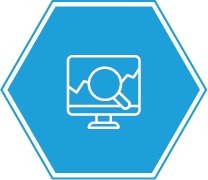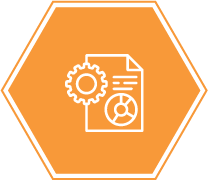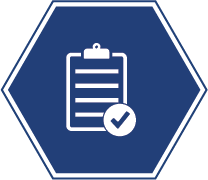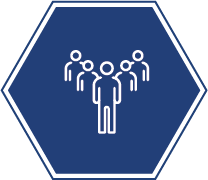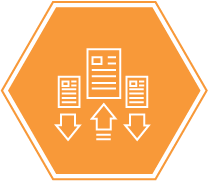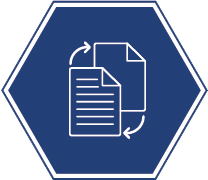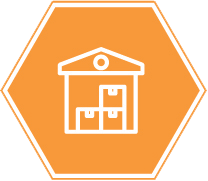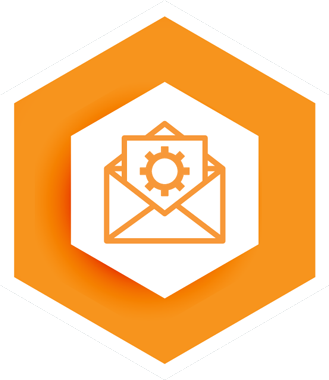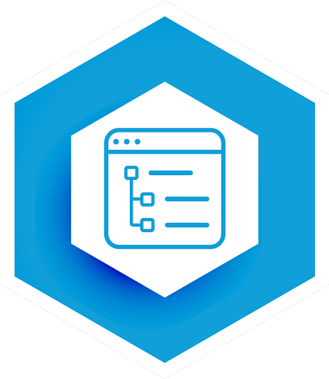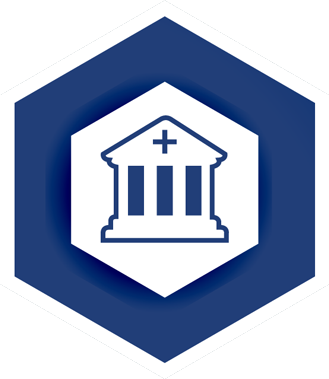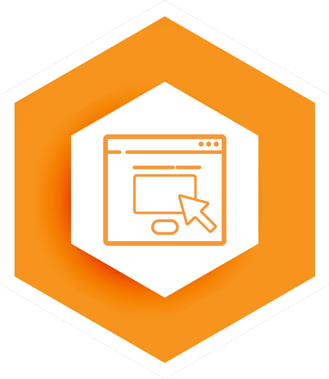Digital adoption within Pharmacovigilance has historically been staggered due to various concerns such as Regulatory compliance, Data Privacy, Interoperability and perceived disruption to established PV operations. The journey thus far has been more about laying the foundation. The industry is now geared up to leverage the foundational work and accelerate digital adoption. However, the choices must be smart and the processes methodical to ensure success in such an undertaking.
The Journey
When I first started my career in Pharmacovigilance, I was surprised to see large binders on every desk containing test scripts for execution. Coming from a domain where technology was adopted quite early, this was my first realization of the significant technology gap in this domain. However, over the years, technology has made steady strides in Pharmacovigilance and made it easier and more efficient for companies to monitor and report adverse drug reactions. With secure and cost-effective hosted datacenters becoming available, pharma companies are gradually getting comfortable with hosting their PV data in external data centers. This was an important step that has book-marked the rapid evolution of our Technology journey.
From External Datacenter to SaaS Safety Solution
The shift to Datacenter movement empowered pharmaceutical companies to shift their focus towards application management, freeing them from the tasks of infrastructure procurement and management. However, as control over the applications remained within their purview, safety databases became more intricate systems, presenting challenges in terms of maintenance. Even minor updates became arduous projects. Consequently, companies started seeking standardized solutions, which prompted a transition towards selecting and adopting out-of-the-box SaaS providers.
SaaS Safety Solution Journey – Steps towards Automation
With numerous claims of “ZERO touch” and “Minimum touch” in the market, the biggest question was choosing the right SaaS provider. We worked with several pharma companies and performed the following highlighted activities in helping them adopt the right solution for them.
• Optimization of current business processes: Rather than automating incorrect business processes, our first goal was to optimize existing processes and then look for potential automation opportunities. For example, we created web forms for users instead of automating unstructured scanned forms. After some process updates and change management, we were able to 100% automate case ingestion for these sources.
• Mapping their needs: The second exercise was mapping business needs with the existing mature products by conducting workshops and multiple demo sessions. This exercise helped us shortlist the top 2 solutions that could be the best fit for our clients’ needs.
• The ecosystem: Over time, it has become apparent that the pharmacovigilance (PV) industry requires a specialized support system, given the unique demands it faces. Factors such as changing regulations across different authorities and the prevalence of mergers and acquisitions necessitate a robust ecosystem of PV experts who possess both technical expertise and a deep understanding of the PV business. These partners are essential for implementing and ensuring that business requirements are met during the operational phase, thereby creating a dependable and sustainable environment that can adapt to the continuously evolving business landscape.
• Open interface: In today’s industry, innovative technology solutions are emerging that rely on PV data as input. To provide customers with a comprehensive solution, a SaaS platform should support integrations with both upstream and downstream applications, not only for PV needs but also for clinical and regulatory purposes. Since safety data sources are heterogeneous in nature, the solution must be capable of consuming various data sources like E2B, open APIs, etc. Additionally, the platform should allow for easy integration with plug-and-play microservices, including custom coding, email automation, literature search results, CAPA and compliance management systems, and different dictionaries. The ability to seamlessly integrate and map across these sources is crucial to delivering the necessary value to our customers and SaaS providers must be evaluated against this crucial parameter.
• Alignment on Return on Investment: To budget for business process optimization and change management, it is important to consider the initial cost as a necessary expense. To fully realize the benefits of these changes, it is essential to align the expected time frame for seeing returns on investment. While the initial cost may seem high, over time, the benefits will begin to offset the cost, resulting in a reduced total cost of ownership in the long term.
Based on my professional experience working on various digitalization initiatives for clients, I have observed that such transformations can be gradual and require a step-by-step approach. It is vital to start with small, achievable goals rather than aiming for a complete transformation overnight, as the famous saying goes, “Rome wasn’t built in a day.” This helps in realizing the benefits of automation and gather feedback continuously to improve the automation goals. I believe that achieving successful digitalization requires a collaborative effort between pharmaceutical companies, SaaS solution providers, and technology Partners. In my opinion, the following ‘ASKs’ are critical to the process.
ASK from Pharma Companies
Pharmaceutical companies should establish consortiums to share their experiences, challenges, and best practices regarding digitalization initiatives. They should collaborate with Health Authorities to gain a thorough understanding of their expectations for introducing these automations and work towards alignment. Furthermore, the inputs obtained from these collaborations should be shared with SaaS providers, and the Pharma consortiums should have a collective voice to influence the providers in delivering effective solutions.
ASK from SaaS Providers
Saas providers should facilitate their own teams and technology Partners to provide top-notch services to customers by offering necessary system training and opening the system via controlled APIs to provide support while maintaining security measures. They should also promote seamless integration with other technology solutions with the aim of providing pharmaceutical companies with the benefits of standardization and innovative technology.
To sum up, technology’s evolution in pharmacovigilance has been continuous and consistent, and the sector is now ready to capitalize on the fundamental groundwork and hasten digital implementation. Adopting a collaborative, gradual, and practical strategy is crucial for the success of digitalization initiatives.
